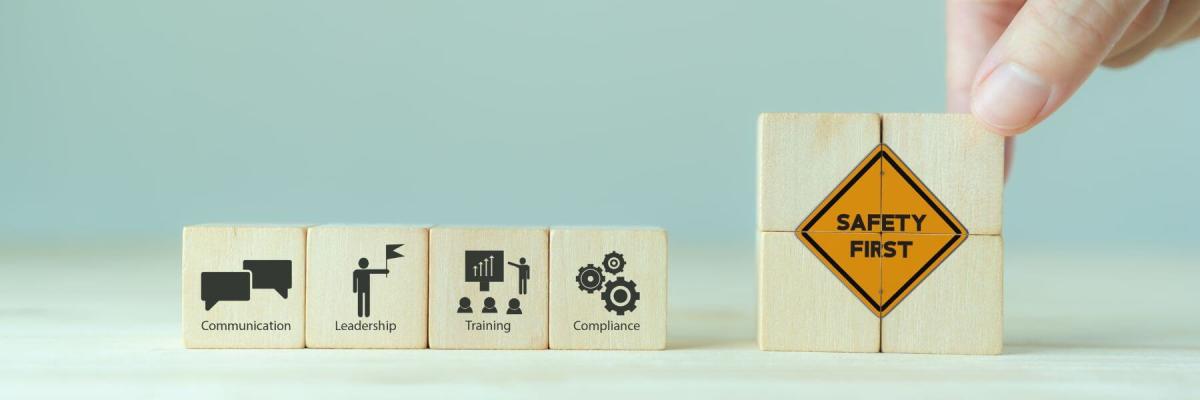Workplace hygiene is a critical element of any safe, productive working environment. But what does that mean, what does it look like, and how can you make sure it happens? Here's everything you need to know about workplace hygiene.
Defining Workplace Hygiene
In its simplest form, workplace hygiene is about ensuring that a particular working area is hygienic. This involves more than just cleaning doorknobs or keeping teams away from potential toxins; it's also about air quality, food safety, infection control, and more.









